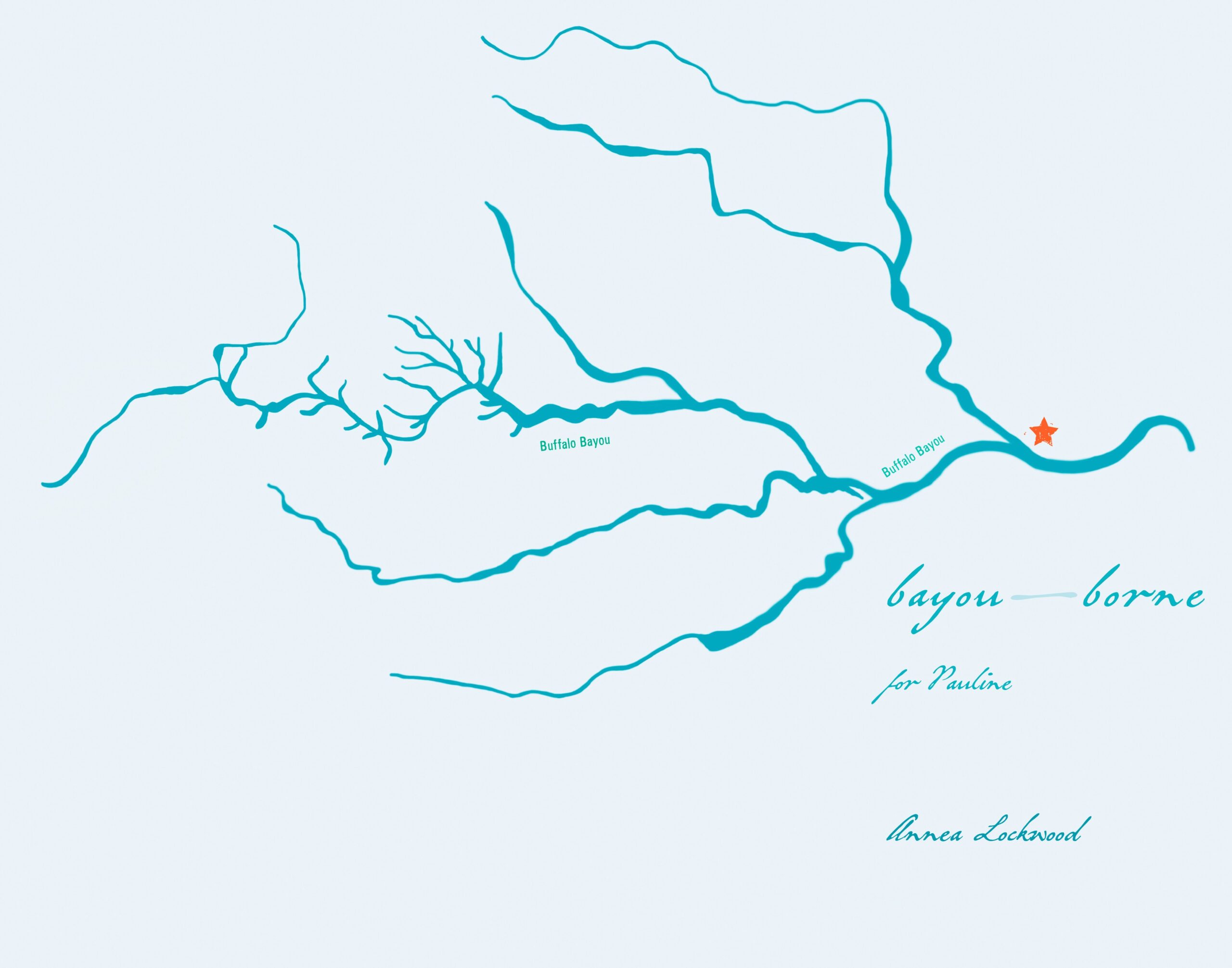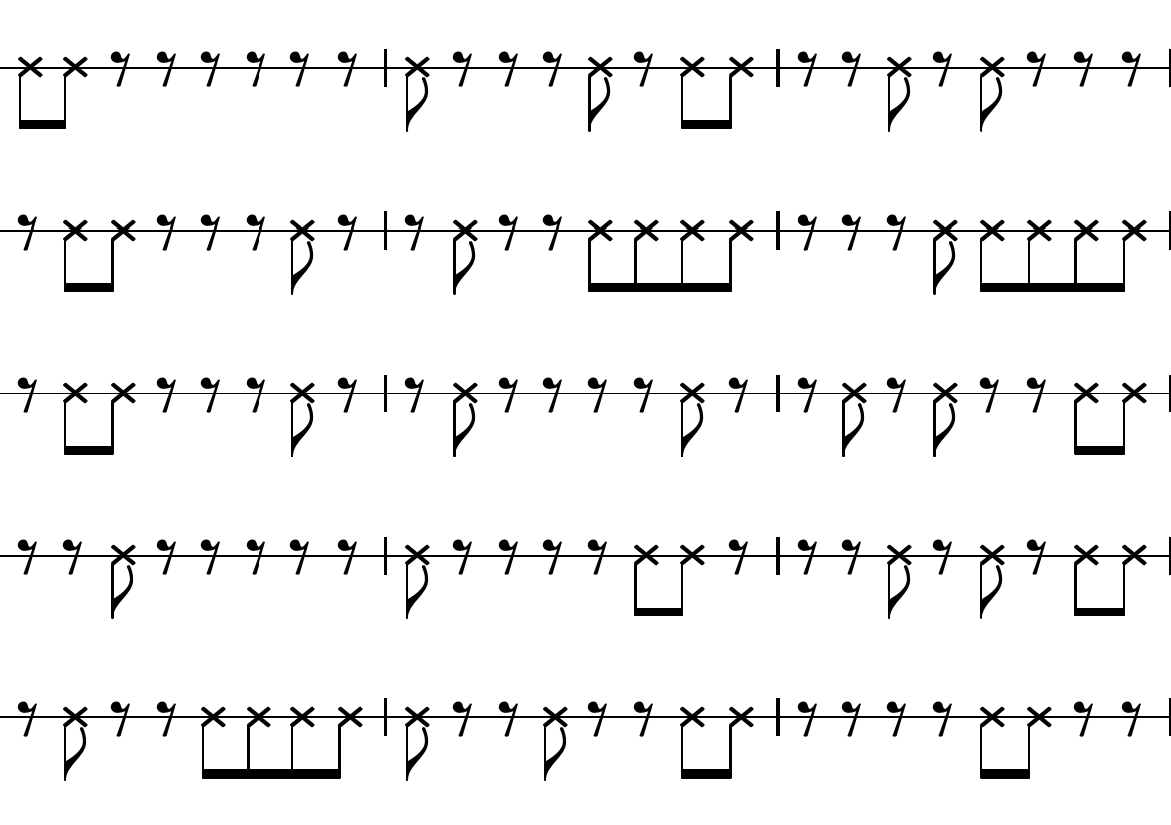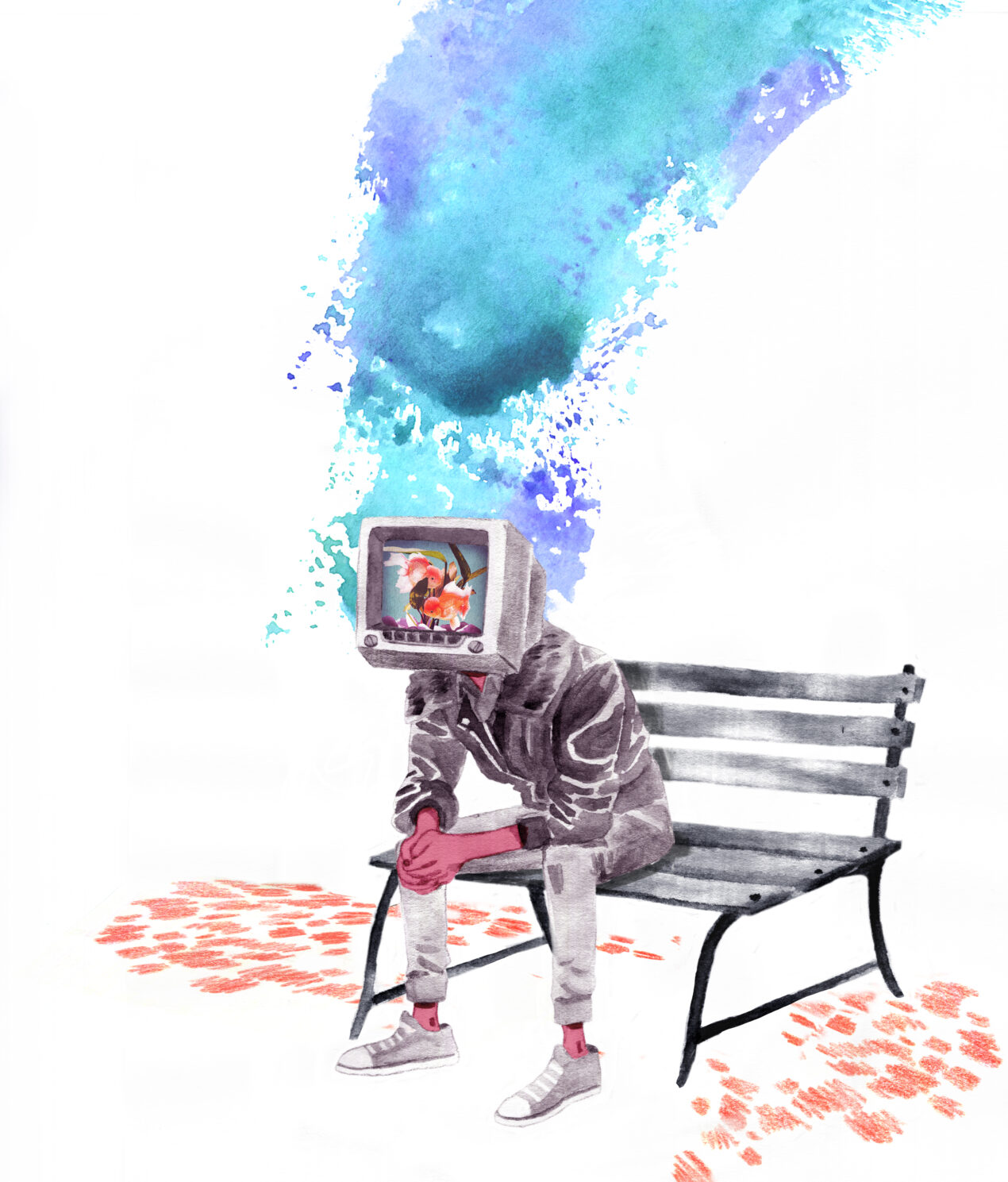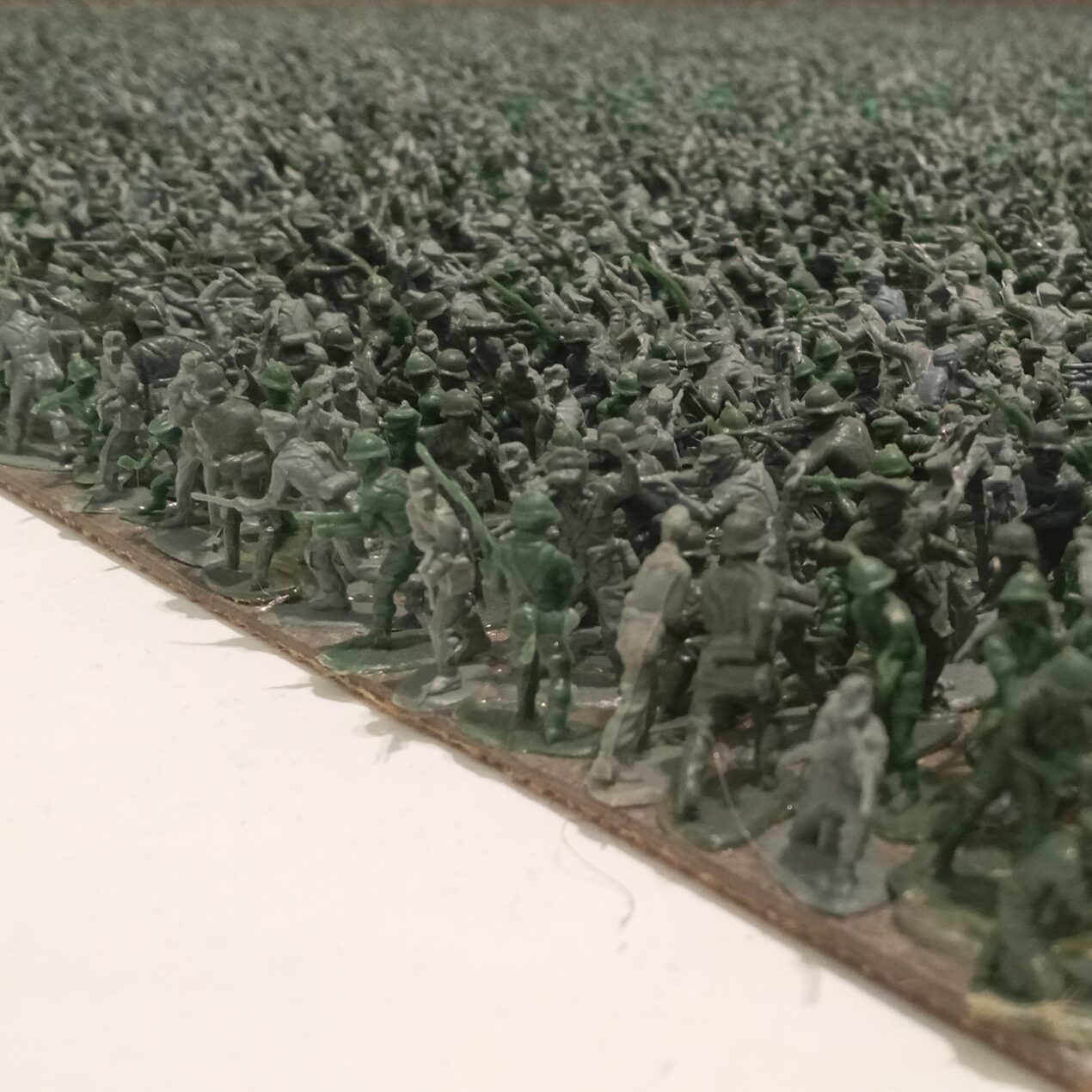On a recent evening at the newly renovated Felicja Blumental Music Center, an extraordinary collaboration unfolded between two innovative ensembles, Nova and Ptilia. The event offered a full day of listening, featuring a family-friendly workshop at noon followed by a weirdo friendly concert in the evening. This concert, showcasing the works of Annea Lockwood and Christian Wolff, provided an engaging experience that left a lasting impression.
Having attended numerous Nova concerts over the past decade, witnessing their evolution and various line-ups, this was my inaugural experience with Ptilia. Despite this being their first joint performance (as far as I know), the ensembles seamlessly melded into a cohesive unit, creating a super-group of exceptional artists. Each musician brought their unique flair to the stage, resulting in a night brimming with vitality and joy. As they delivered an exceptional musical performance, they kept grinning and laughing all the while, their camaraderie on stage was infectious. In our region’s current climate of unending gloom, seeing musicians having fun on stage was like finding an oasis in the middle of the desert.
The concert opened outside by the fountain with Lockwood’s “Bayou Borne”. The score, depicting a map of the six bayous converging near Houston, Texas, was drawn on the ground around the fountain. As the performers interpreted the flowing channels of the rivers through sound, the experience felt like an immersive ritual—almost like a peculiar pagan ceremony for any unsuspecting bystander. After attending the afternoon listening workshop, I was primed to experience the piece spatially, though I couldn’t help but wonder if I was overthinking my position in the space.
Inside the concert hall, Lockwood’s “Spirit Catchers” followed. The work featured four performers who shared intimate stories about physical object they held dear. Their voices were amplified for clarity, allowing the audience to focus on each speaker in turn and get a glimpse of the different narratives on display. The performers exuded genuine emotion, inviting the audience to both laugh and cry along with them. While the arrangement created a unique soundscape, one couldn’t help but yearn for a deeper exploration of the sonic textures produced by the four speakers, which could have enriched the experience. Although this might not have been the intention of the piece, this lack of complexity made me consider the sounds of the objects themselves, hoping to hear them in the forefront of the work, alongside the speaking.
Next came two movements from Wolff’s “Burdocks”. The stage filled up with performers and a battery of objects and musical instruments, creating a tremendously rich auditory landscape. The first movement unfolded like a vibrant tapestry distinct sound events, where the musicians explored the resonance of the room with spontaneity and fluidity. Moments of seamless communication between the performers blurred the lines between written score and improvisation, highlighting their exceptional musicianship.
As the piece transitioned into the second movement, a more structured approach emerged, hinting at the presence of loops and repetition. Which, in turn, added tension and anticipation to the performance. To draw an analogy from the arts: while the first movement resembled pointillism, with small, distinct sounds creating a larger image, the second movement aligned more with abstract expressionism, where large sound masses are juxtaposed against one another. The ensemble divided into three sub-groups, each with its own internal musical and gestural language. Their theatrical gestures, coupled with the unique objects they interacted with, evoked a sense of strange ritualism—actions that could be interpreted as attempts to communicate with the dead or to worship an incomprehensible entity. Throughout the performance, the energy on stage was infectious; the musicians reveled in surprising and amusing one another, which in turn delighted the audience as well.
Concluding the program was Wolff’s “Stones”, a piece that utilizes stones as instruments for what seemed to be more or less a free improvisation. It was absolutely fascinating to see how each performer approached the task of making music with stones – some going full percussion-mode while others patiently waited for their perfect moment to rock it out. Some performers were building stone towers like prehistoric architects, others were grinding them to dust like ancient pharmacists, and a few were trying to squeeze out melodies out of their pebble set like real Stone Age composers. It was a fitting end to a concert that explored alternative listening modes, inviting the audience to engage with sound in innovative ways.
The recently renovated Felicja Blumental building proved its acoustic worth. You could hear every stone click, grind, and scrape with crystal clarity – which, depending on your perspective, could be either impressive or mildly concerning.
This collaboration between Nova and Ptilia was a triumph of experimental music, offering a glimpse into the many facets of sound exploration. The ensembles’ synergy and the creative program left a lasting impact, and one can only hope for more such collaborations.
P.S. If you ever get invited to a concert where stones are listed as instruments, don’t hesitate – go. It’s probably the closest you’ll get to experiencing what our ancestors’ first jam session might have sounded like!






What you’re creating here is a true oasis of knowledge and inspiration! Every sentence is like a precious pearl, and together they form a fascinating necklace of wisdom. The only thing I found missing was slightly more detailed examples – that would have made it absolutely perfect!